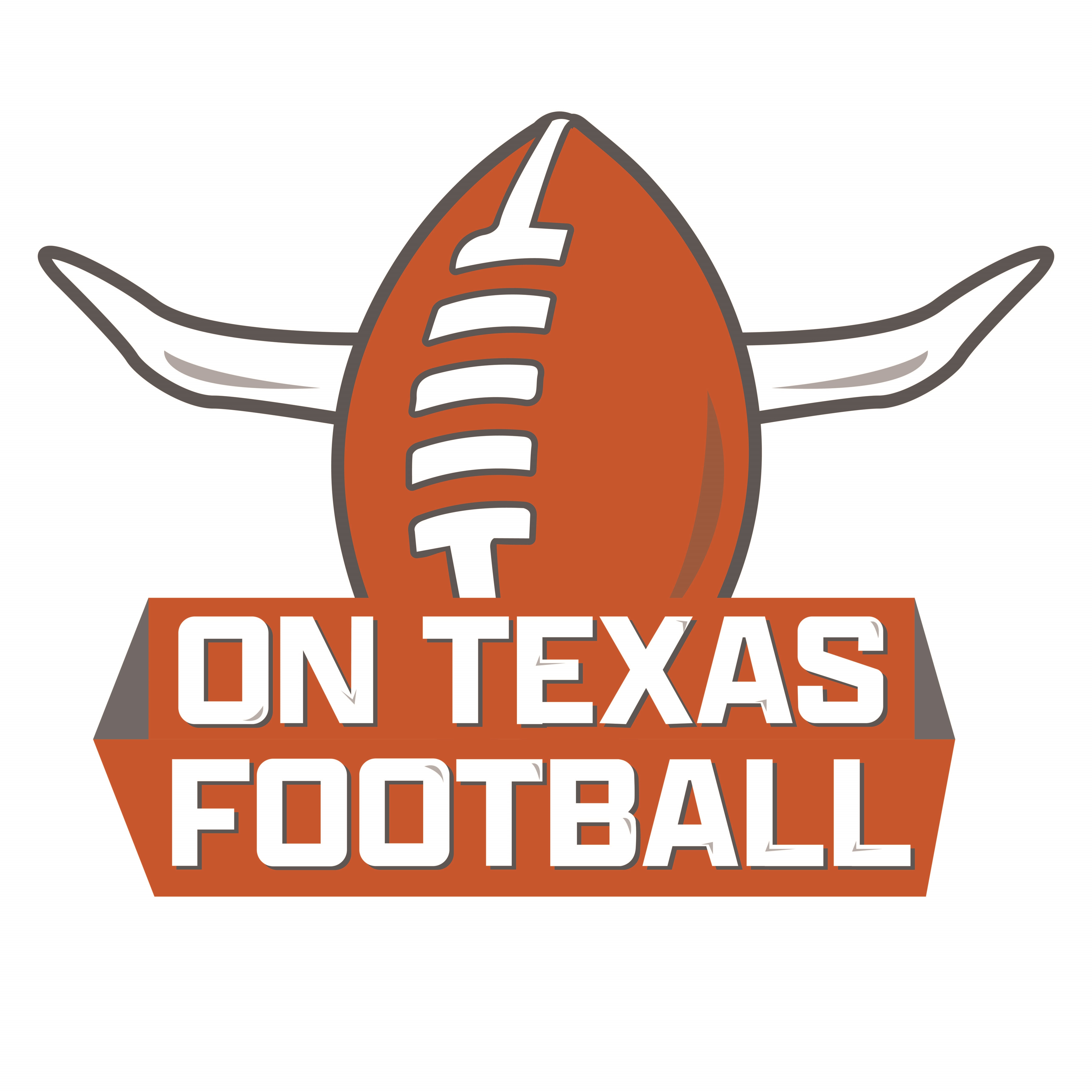
The good news for the Longhorns is that wide receiver Ryan Wingo, who has been dealing with a thumb injury he sustained in the team’s 34-31 win over Vanderbilt on Nov. 1, was off the report. He was listed as probable on Wednesday and Thursday.
The bad news, however, is that Texas (7-3, 4-2 SEC) could have to face an explosive Razorback offense without one of the top defensive players in the country if Hill can’t go. Steve Sarkisian said on Thursday that Hill had been limited in practice after suffering a hand injury in last Saturday's 35-10 road loss to Georgia.
"We're kind of taking this day-by-day with him to see kinda how he feels towards the end of the week," Sarkisian said. "The beauty of it for Ant — he's played so much football for us that you can get a lot of reps done throughout a walkthrough to see if he's healthy enough to go. The walkthrough reps, I think, can carry over into a ballgame."
- Read more...
- 14 comments
- 625 views

.jpg.f3bb168d734af050c7daf88ad76f0339.jpg)